Alexandra Metcalf creates an unsettling Victorian world in London
Alexandra Metcalf turns The Perimeter into a alternate world in exhibition, 'Gaaaaaaasp'

Alexandra Metcalf’s first public solo exhibition begins in a waiting room. Nondescript grey carpet, low ceiling, an old television set on a high-up shelf in the corner. Chairs arranged around the periphery at odd intervals suggest the groups who may enter such a space – families, couples – and their instinct to separate themselves through a series of small but significant gaps.
This is one of two constructed spaces that reimagine The Perimeter gallery in London as a kind of medical facility. We recognise it as such, but the closer we look, the more slippery and strange these spaces become. The waiting room has an observation window looking into a room filled with spotlit sculptures constructed from long wooden walking sticks – a recurring motif in Metcalf’s practice. At their sides, they cradle stained glass orbs depicting silhouettes of trees which appear, in the shadows on the wall behind, cell-like, invoking bodily matter, something growing or spreading, a disease or a life-form. Metcalf’s title for the series, Globus/Womb, points to this duality: ‘something nurturing but also burdensome, ancient yet plastic. There’s a long history of globes as symbols of control, knowledge, power – and I wanted to queer that history, to make the form feel tender, even awkward.’ The reference to wombs is similarly symbolic, suggesting ‘spaces where time folds in on itself, collapses, reflects.’
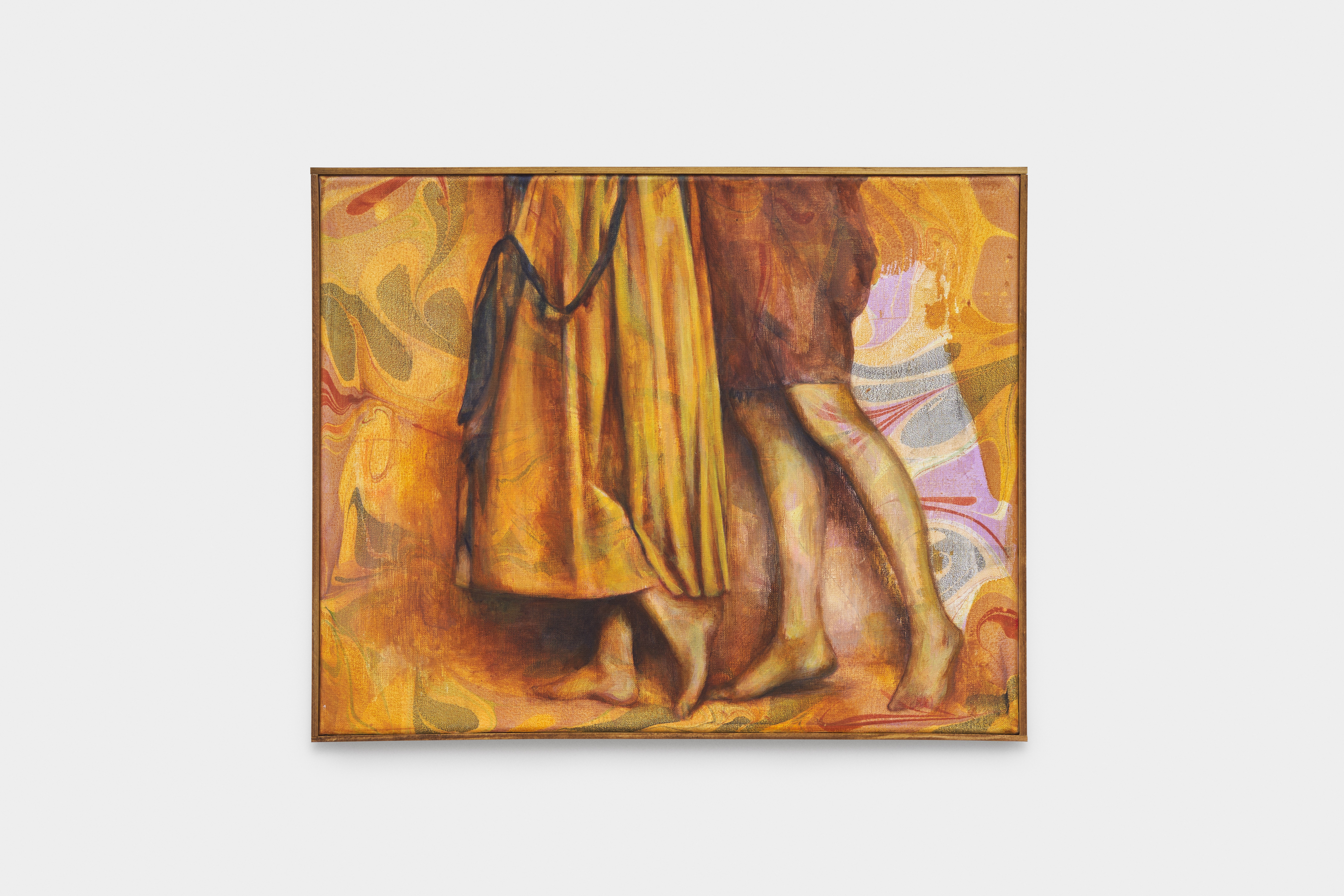
Alexandra Metcalf - Monthly, 2025
This sense of temporal collapse seeps out into the room itself. Psychedelic yellow patterned wallpaper evokes a sixties aesthetic, the era of counterculture, while the repurposed Victorian wooden panelling brings to mind an age of oppression. The television, instead of playing the kinds of promotional wellbeing videos we might associate with contemporary hospital settings, plays fuzzy footage of the artist herself, painting a mural onto the wall of her mother’s room or in therapy sessions where the original sound is overcut by bursts of music. Cam 2017/2018 was made over the course of the year, and records Metcalf’s mental decline after the death of her mother, which eventually led to her being admitted into a psychiatric facility. It is a powerful reminder that Metcalf is drawing on personal experience, but also that we step into these spaces not so much as a participant but as a voyeur – a position that is deeply uncomfortable and intentionally so. It draws our attention not just to the passivity with which history has borne witness to the mistreatment of psychiatric patients, particularly women, but the continued fetishation of the ‘tortured artist.’
Metcalf plays up to this perception as much as she skews it. In I AM MY OWN RIOT & BEST FRIEND, an extraordinary two-panelled painting spanning over five metres in length, a stereotypically ‘feminine’ aesthetic – decorative doilie-esque patterning, depictions of candy-coloured striped fabrics, giggling girlish figures (self-portraits) – blurs with nightmarish visions. Leaking patches of yellow and red are suggestive of blood, open wounds, while scratch marks hint at physical frustration or pain.

Alexandra Metcalf, Instruction Manual for Vanishing, 2025.
The painting is one of two hung within the second constructed space, upstairs in the gallery, that loosely resembles a surgical room. Here, the flooring has been replaced with pale pink linoleum and a Victorian drain has been installed. Two floral sun loungers sprung out of old trunks appear like hospital beds with two anthropomorphic light sculptures standing in for patients: one hunched, the other lying back prostrate. They are both ‘switched on’ with four bulbs, lighting up their faces, but it is a fragile light – one, that as the accompanying ‘power box’ and cables suggest, can easily be switched off. To Metcalf, these works are not so much objects ‘as traces – psychic residues in physical form.’
Like the wallpaper downstairs, they also evoke a different time, referencing Lee Bontecou’s gas mask flowers from the 1960s and with it the now ghostly promise of futuristic optimism once associated with early plastics. Metcalf adds, ‘In my work, light plays a hauntological role: not as clarity, but as a flickering return, a spectral illumination of what is no longer fully present. It leaks, glows, stains – rarely naturalistic, more emotional than physical. It animates absence, pointing not just to what is seen, but to what has been obscured, repressed, or forgotten.’

Alexandra Metcalf - OOOOOOOOOO, 2025
The convergence of disparate worlds, attitudes and aesthetics – that of medical institutionalisation and of leisure, aspirations of the past and modern sensibility, beauty and horror – works to humorous and unsettling effect but it is also pointed. Psychiatric patients of the past were often sectioned without or against their consent, a practice which still continues today in cases deemed to involve serious risk. Such interventions are framed in the language of care – ‘retreats’, ‘rehabilitation’ – but the realities of what happens inside these facilities can be opaque. Metcalf’s work reminds us that despite evolving language and policy, questions around agency, consent and institutional power remain deeply contested.
Receive our daily digest of inspiration, escapism and design stories from around the world direct to your inbox.
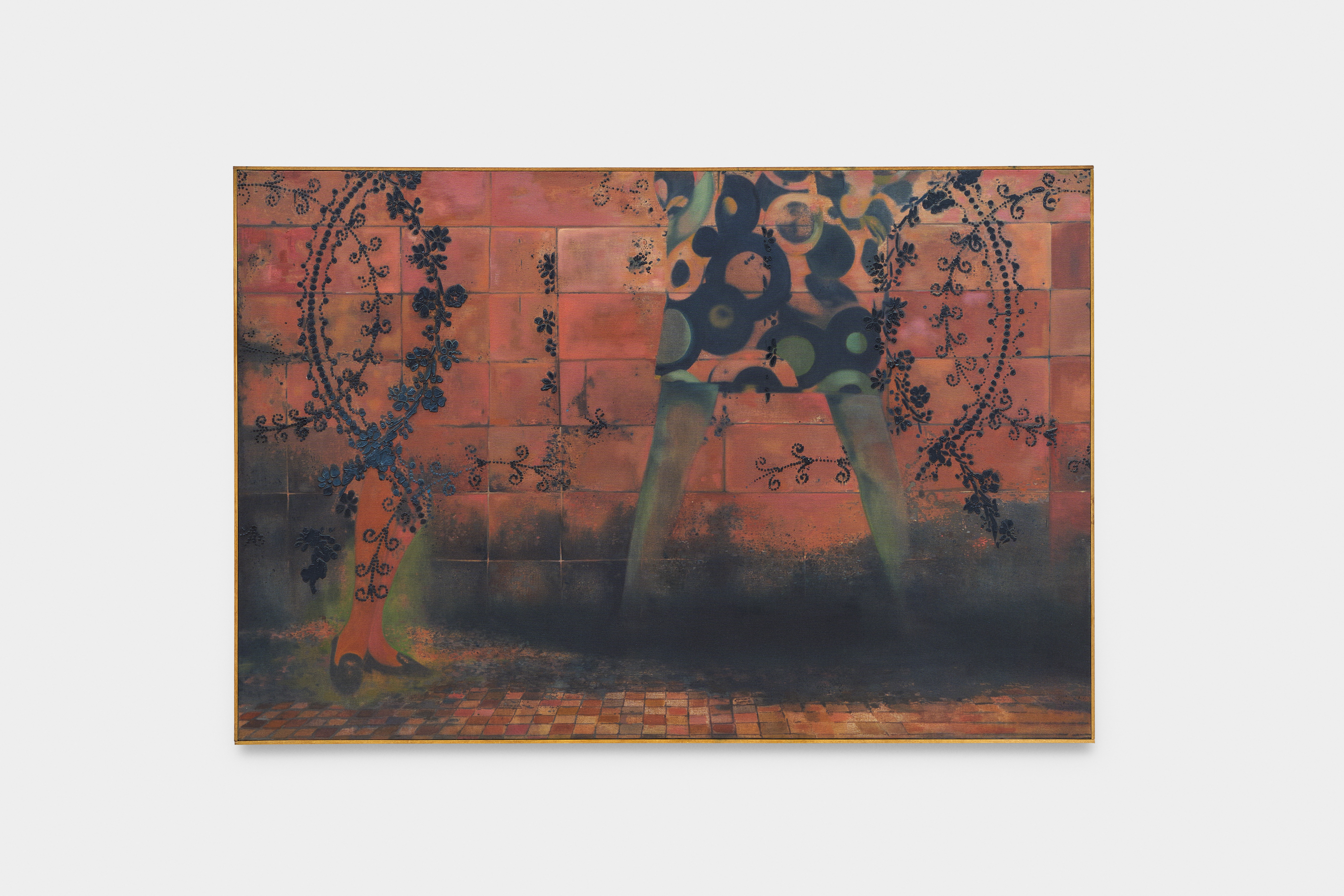
Alexandra Metcalf - No Curer, 2025
The layering of her paintings in particular speaks to this notion of covering up or concealment, but also to the accumulation of time and the circularity of history, the ways in which it resurfaces and permeates the present. Figures, furniture and architectural structures rise up from marbled swirls of paint or behind hazy washes of acid yellow. It’s not clear where these visions come from, whether they are memories or imagination, fact or fiction, and in a way this is beside the point: they are simply part of a maelstrom of experience, one in which we are all, personally and collectively, caught. In Gaaaaaaasp, Metcalf makes us feel that grip: we are held not only in her personal trauma, but also in the larger, systemic forces that shape our lives.
Gaaaaaasp is at The Perimeter until 25 July
-
 Studiomama’s cast faces capture a sense of childlike joy
Studiomama’s cast faces capture a sense of childlike joyMade in collaboration with one of London’s last traditional foundries, the studio’s ‘Face Castings’ series explores play, perception and the enduring influence of Bruno Munari
-
 Eileen Gray: A guide to the pioneering modernist’s life and work
Eileen Gray: A guide to the pioneering modernist’s life and workGray forever shaped the course of design and architecture. Here's everything to know about her inspiring career
-
 Inside Belmond’s most exclusive holiday villa yet, a lavish Ligurian palazzo
Inside Belmond’s most exclusive holiday villa yet, a lavish Ligurian palazzoOnce the theatre of lavish parties, Villa Beatrice is now a palatial haven of seclusion with easy access to Portofino’s Splendido, a Belmond hotel
-
 Vincent Van Gogh and Anselm Kiefer are in rich and intimate dialogue at the Royal Academy of Arts
Vincent Van Gogh and Anselm Kiefer are in rich and intimate dialogue at the Royal Academy of ArtsGerman artist Anselm Kiefer has paid tribute to Van Gogh throughout his career. When their work is viewed together, a rich relationship is revealed
-
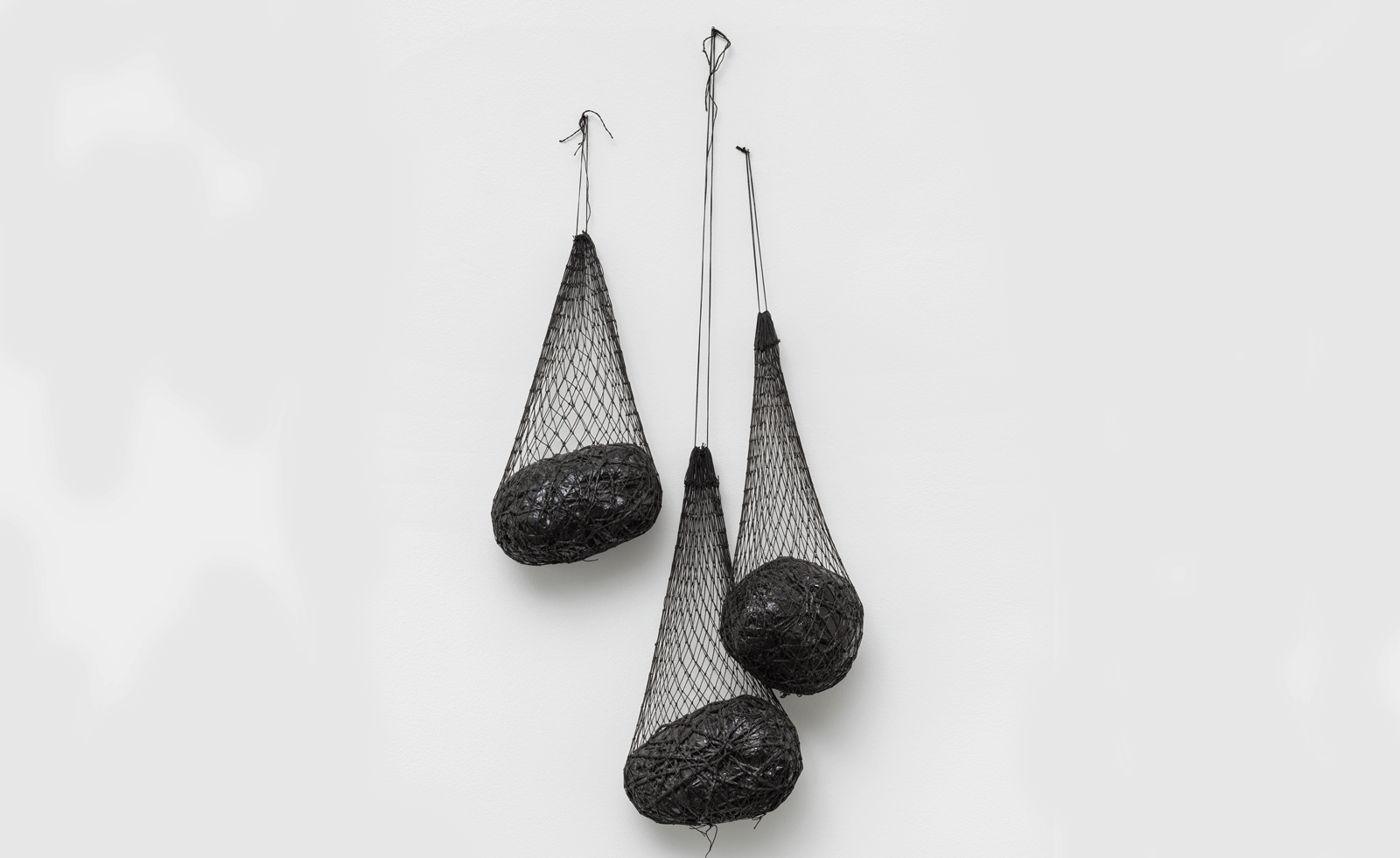 Alice Adams, Louise Bourgeois, and Eva Hesse delve into art’s ‘uckiness’ at The Courtauld
Alice Adams, Louise Bourgeois, and Eva Hesse delve into art’s ‘uckiness’ at The CourtauldNew exhibition ‘Abstract Erotic’ (until 14 September 2025) sees artists experiment with the grotesque
-
 Get lost in Megan Rooney’s abstract, emotional paintings
Get lost in Megan Rooney’s abstract, emotional paintingsThe artist finds worlds in yellow and blue at Thaddaeus Ropac London
-
 Out of office: the Wallpaper* editors’ picks of the week
Out of office: the Wallpaper* editors’ picks of the weekIt was a jam-packed week for the Wallpaper* staff, entailing furniture, tech and music launches and lots of good food – from afternoon tea to omakase
-
 London calling! Artists celebrate the city at Saatchi Yates
London calling! Artists celebrate the city at Saatchi YatesLondon has long been an inspiration for both superstar artists and newer talent. Saatchi Yates gathers some of the best
-
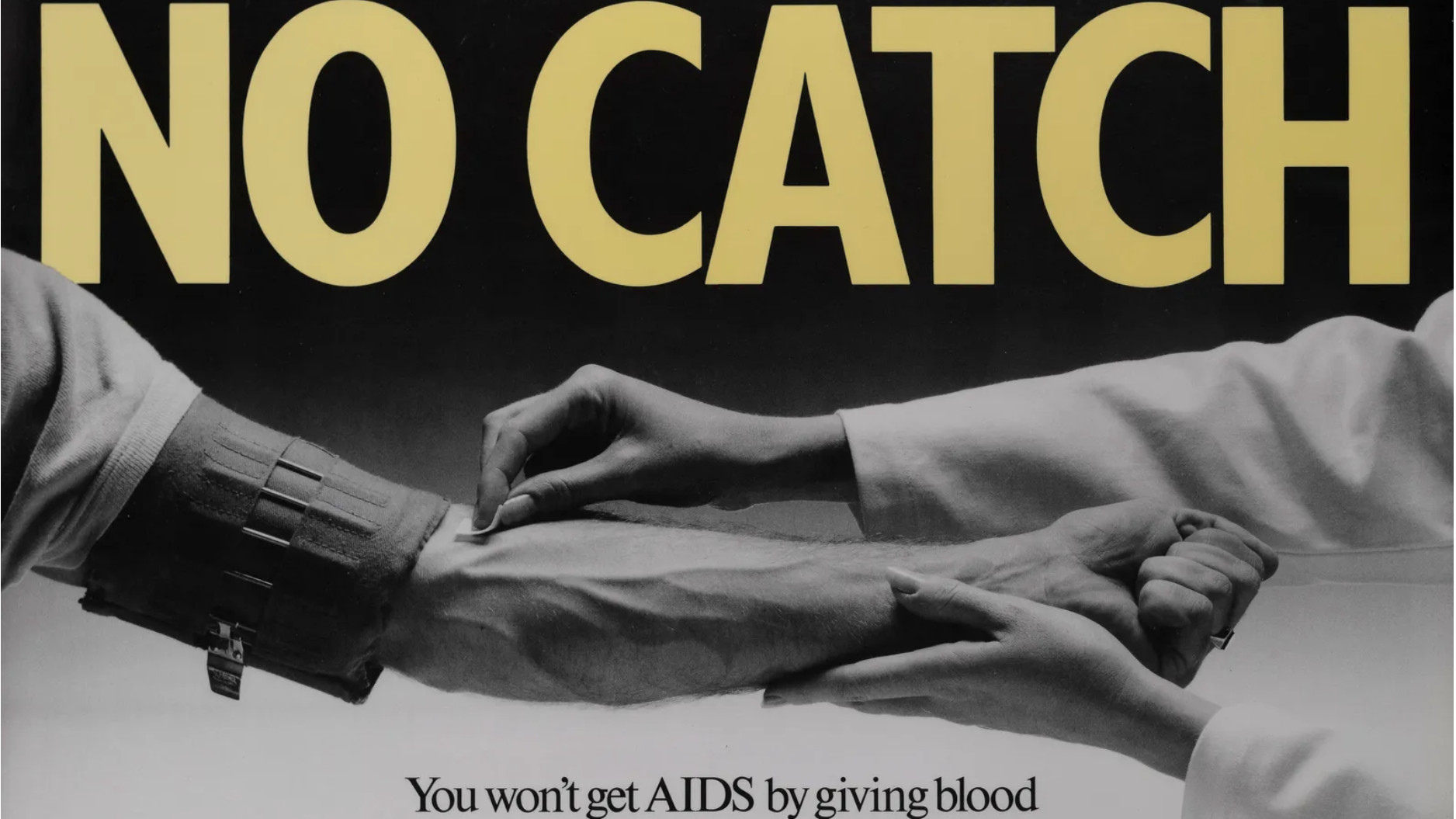 Sexual health since 1987: archival LGBTQIA+ posters on show at Studio Voltaire
Sexual health since 1987: archival LGBTQIA+ posters on show at Studio VoltaireA look back at how grassroots movements emphasised the need for effective sexual health for the LGBTQIA+ community with a host of playful and informative posters, now part of a London exhibition
-
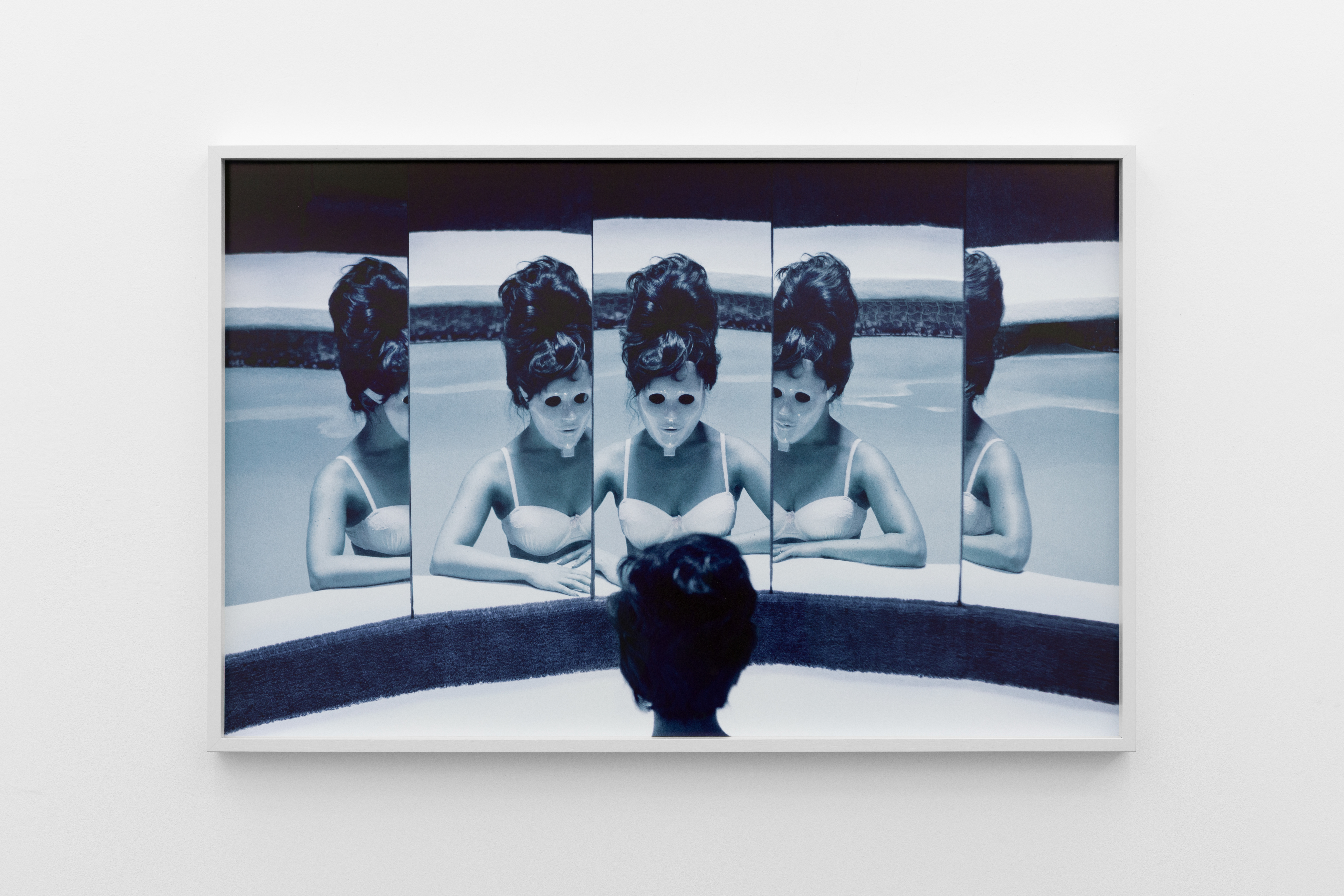 Ten things to see at London Gallery Weekend
Ten things to see at London Gallery WeekendAs 125 galleries across London take part from 6-8 June 2025, here are ten things not to miss, from David Hockney’s ‘Love’ series to Kayode Ojo’s look at the superficiality of taste
-
 Out of office: what the Wallpaper* editors have been up to this week
Out of office: what the Wallpaper* editors have been up to this weekThis week saw the Wallpaper* team jet-setting to Jordan and New York; those of us left in London had to make do with being transported via the power of music at rooftop bars, live sets and hologram performances